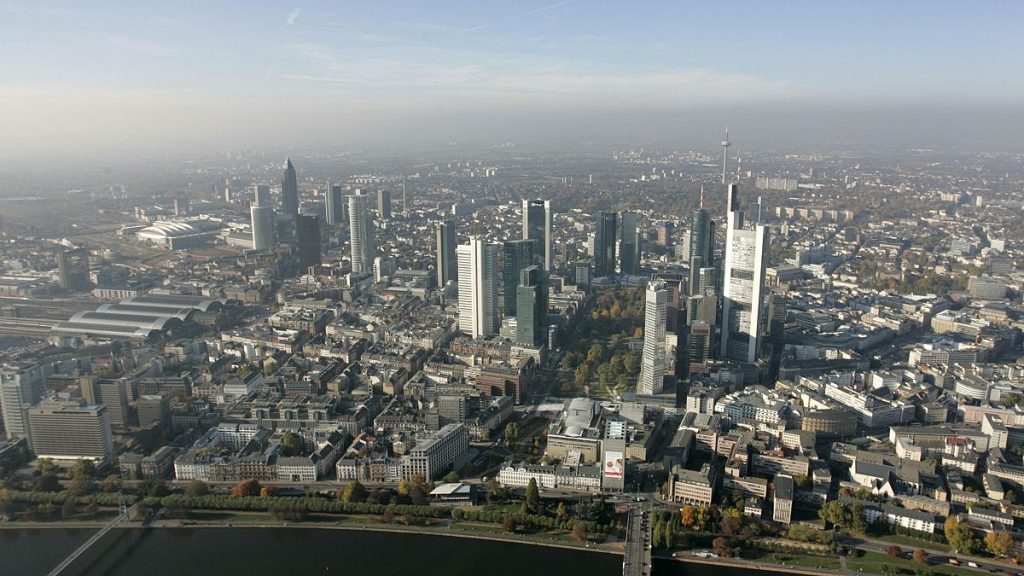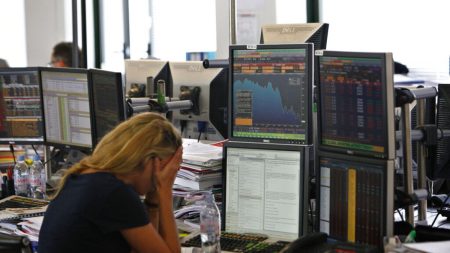In November 2023, Germany’s annual inflation rate increased to 2.2%, which was lower than the economists’ forecasts of 2.3%. This marks a slight uptick from the 2.0% rate recorded in October, indicating that while inflation persists, it is not accelerating as quickly as anticipated. The most noteworthy aspect of the report is the 0.2% monthly decline in the consumer price index (CPI), the largest drop in a single month over the past year. This decrease aligns with ongoing disinflationary trends in the German economy, reflecting broader pressures on consumer prices—particularly from energy costs, which saw a year-on-year reduction of 3.7% in November. Despite the overall rise in annual inflation, the mixed signals from various sectors suggest that the economic environment remains complex and uncertain.
Energy prices have played a significant role in shaping inflation trends, with their year-on-year decline slowing from a more pronounced 5.5% drop in October. Even with the decline in energy costs, pressures from the services sector have counterbalanced these declines, resulting in consistent service inflation, which remained steady at 4% year-on-year. Moreover, core inflation—excluding volatile categories like food and energy—climbed to 3.0%, the highest level since May, up from 2.9% in October. This indicates that while some price pressures are alleviating through lower energy costs, others, particularly within the service industry, are sustaining upward pressures on overall inflation.
Market response to the inflation figures was muted, partly due to the Thanksgiving holiday that kept American markets closed, leading European trading to be relatively subdued. In the bond market, German Bund yields fell by 2 basis points to 2.14%, reflecting a continued decrease for six consecutive sessions. These falling yields suggest an increasing investor preference for safer assets, likely driven by concerns over economic sluggishness and potential impacts from geopolitical issues, such as U.S. tariffs that may be exacerbating economic pressures. The trend towards lower yields indicates a cautious sentiment among investors as they navigate the uncertain economic landscape.
On the equity side, Germany’s DAX index managed a modest gain of 0.5%, finding some recovery after losing streaks in earlier sessions. Key contributors to the index’s performance included significant gains from major companies such as Airbus (up 3.6%), Daimler Truck Holding AG, and RWE, which all experienced increases in share prices. Conversely, laggards like Fresenius Medical Care and Symrise faced declines of 1.9% and 1.1%, respectively. Meanwhile, the broader Euro Stoxx 50 index mirrored the DAX’s positive movement, buoyed by strong performances not only from German firms but also from companies like ASML Holding N.V. and various European banks, highlighting a somewhat optimistic outlook in select sectors despite underlying economic concerns.
Germany’s inflation landscape, characterized by a blend of slight year-on-year increases and significant monthly declines, reflects a broader European context where similar trends may be present. The Harmonised Index of Consumer Prices (HICP), crucial for eurozone comparisons, held steady at 2.4% year-on-year, below the expected 2.6%. Simultaneously, harmonised monthly inflation also reported a notable decline of 0.7%, the steepest contraction seen within the year, further emphasizing that movements in individual price categories have broad implications for overall inflation metrics.
While the current inflation figures suggest a complex economic environment characterized by diverging trends across different sectors, the decreasing yields on government bonds and slight increases in stock indices raise questions about future economic expectations among investors. Going forward, analysts and economists will likely keep a close eye on upcoming inflation reports and other economic indicators to gauge whether these trends signal an enduring shift towards lasting disinflation or whether underlying pressures will lead to renewed upward movements in inflation. The interplay between consumer prices, sector performance, and broader economic signals will be critical in shaping Germany’s economic trajectory in the coming months.














